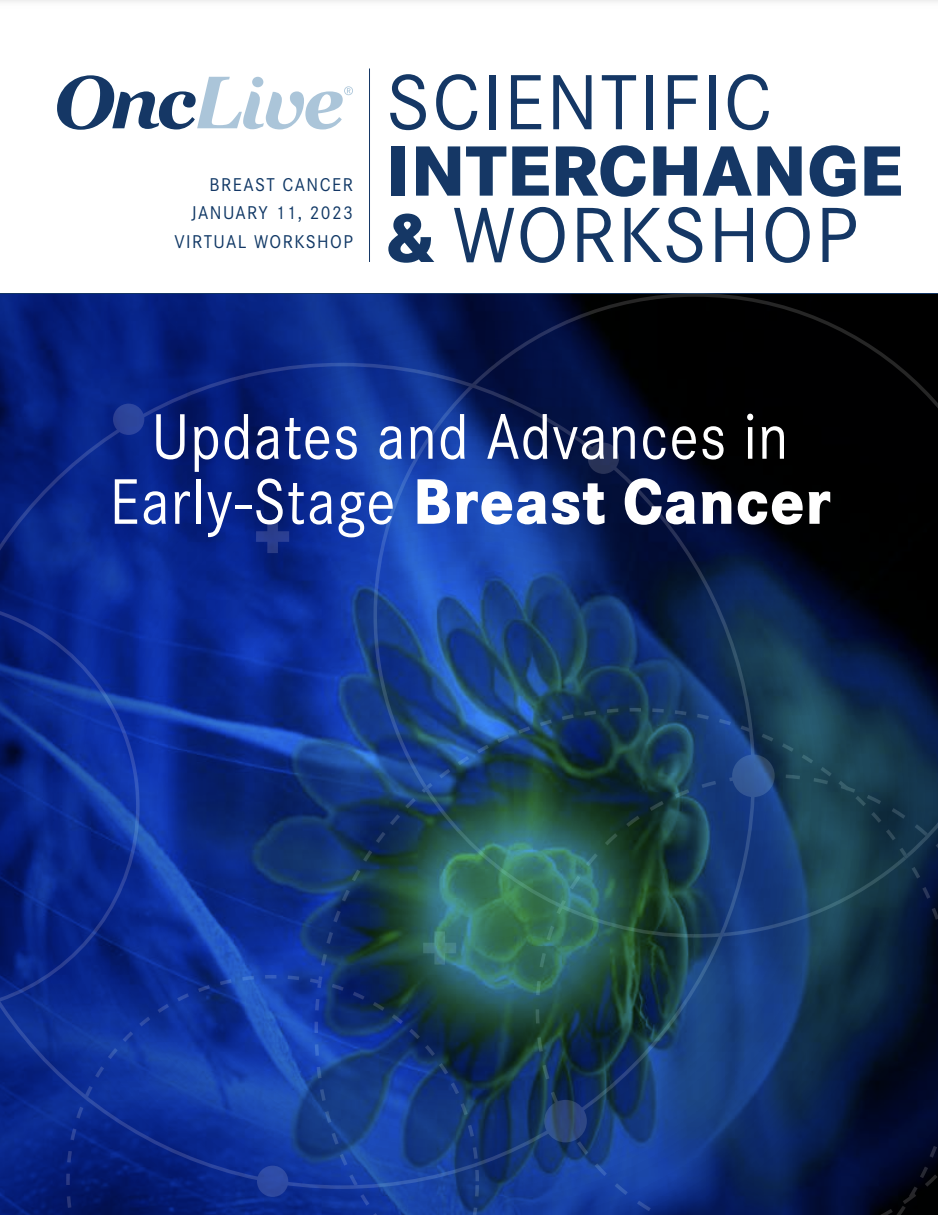Commentary
Video
Dr Foster on Daratumumab/Lenalidomide Maintenance in Newly Diagnosed Multiple Myeloma
Author(s):
Laahn Ho Foster, MD, discusses the potential role of daratumumab plus lenalidomide maintenance in multiple myeloma after ASCT.
Laahn Ho Foster, MD, hematologist/oncologist, associate professor, Department of Medicine, Division of Hematology/Oncology, University of Virginia Health, discusses the potential role for daratumumab (Darzalex) in combination with lenalidomide (Revlimid) as maintenance therapy for patients with newly diagnosed multiple myeloma.
During a workshop titled "Advancing Multiple Myeloma Care: From Frontline Strategies to Novel Therapies in Relapsed/Refractory Settings" held on September 28, 2024, Foster and colleagues focused on several topics, including the impact of daratumumab in achieving minimal residual disease (MRD) conversion and sustained MRD negativity in patients with newly diagnosed multiple myeloma.
Foster highlights key data from the phase 3 AURIGA trial (NCT03901963), which were presented during the 21st International Myeloma Society Annual Meeting in September. Findings showed that the addition of subcutaneous daratumumab to lenalidomide led to improvements in MRD-negative conversion rates vs lenalidomide alone in patients with newly diagnosed multiple myeloma following autologous stem cell transplant.
The 12-month MRD-negative conversion rates were 50.5% in the daratumumab plus lenalidomide arm (n = 99) vs 18.8% in the lenalidomide monotherapy arm (n = 101; odds ratio [OR], 4.51; 95% CI, 2.37-8.57; P < .0001). In patients who achieved a complete response (CR) or better at any time, these respective rates at 12 months were 61.3% (n = 75) and 25.8% (n = 62; OR, 4.62; 95% CI, 2.20-9.70; P < .0001). Among the MRD-evaluable population, these respective rates at 12 months were 56.8% (n = 88) and 23.2% (n = 82; OR, 4.40; 95% CI, 2.26-8.58; P < .0001). Furthermore, the rates of conversion to MRD-negative with a CR or better by 12 months were 44.4% in the daratumumab arm vs 14.9% in the lenalidomide alone arm (OR, 4.61; 95% CI, 2.34-9.09; P < .0001).
The addition of daratumumab to lenalidomide also led to higher rates of MRD-negative conversion across different patient subgroups compared with lenalidomide alone, Foster explains. Notably, the MRD-negative conversion rates were seen at deeper levels of MRD negativity, included sensitivities of 10-5 and 10-6, which are encouraging indicators of treatment response, she emphasizes.
Foster notes that within her clinical practice, she is utilizing daratumumab plus lenalidomide more in the maintenance setting. For patients who show sustained MRD negativity for 2 to 3 years, pulling daratumumab from the maintenance regimen is a consideration, she concludes.









